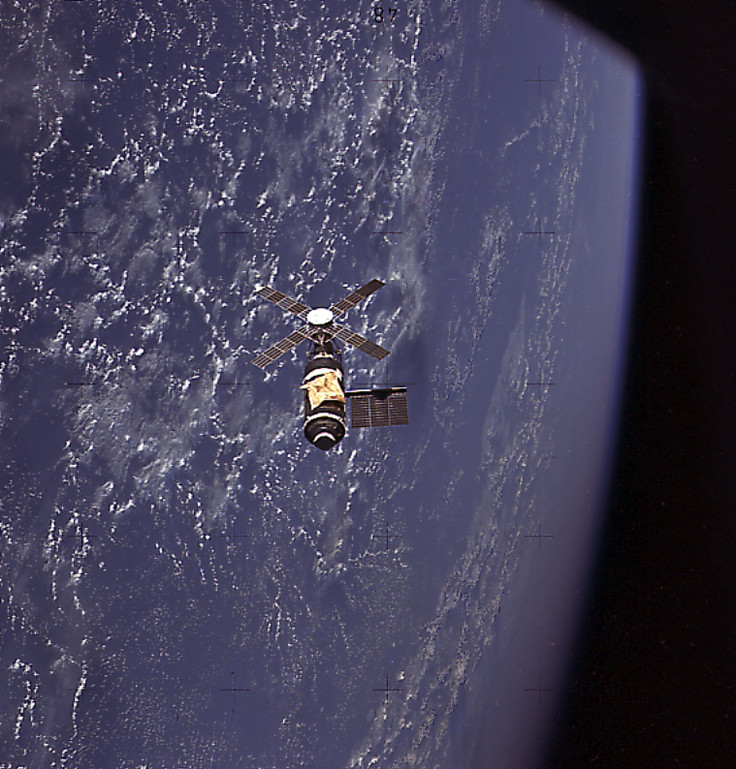Sustainable Space: Future NASA Space Station May Be Built From Recycled Rockets

Astronauts might one day be living inside a rocket, as NASA tries to take recycling into space.
New Scientist reported the space agency signed a contract with three American companies to investigate the idea of a space station built from recycled parts — specifically looking at taking used rocket stages and transforming them into orbiting laboratories and other habitable spaces.
Space technology slowly has been moving in a more sustainable direction. In the past couple of years, Elon Musk’s SpaceX has perfected a technique for launching a rocket into space and then landing it back on Earth, upright. Earlier this year the company also reused a rocket for the first time, sending the Falcon 9 high into the atmosphere with a satellite on its back.
Read: SpaceX to Launch 4,500 Satellites for Worldwide Internet
NASA building a space station from recycled parts could be the next step in sustainable space travel, although it is an idea that harkens back to one from decades ago. New Scientist noted that renowned aerospace engineer Wernher von Braun — who worked for Nazi Germany during World War II but was later behind the Saturn V rocket that supported NASA’s Apollo program and the first American space station Skylab — once proposed a space station that would rely on rockets launching payloads separately into space and crew assembling them in orbit, including reusing a fuel tank that otherwise would have been trash. It would have represented a cost-saving plan for a space station.
But recycling could do more than just take pressure off budgets; it would also take pressure off low Earth orbit. That region between 100 and 200 miles above the planet’s surface is choked with garbage called space debris, including decommissioned satellites, spent rockets and other equipment, as well as the shards and other tiny pieces that have come off of those larger ones in collisions. The space junk has been accumulating since the Soviet Union launched the world’s first artificial satellite in 1957, and has grown to an alarming density. There are more than 20,000 pieces bigger than a softball, 500,000 bigger than a marble and millions more that are too small for NASA to track. And because some are moving 10 times faster than a bullet as they orbit Earth, they pose a serious risk to the International Space Station and to future launches.
Read: NASA Plans to Set Fires in Space
NanoRacks is one of the three companies working on the NASA contract and it will focus on turning used Atlas V rockets into laboratory and living space. In a blog post on his company’s website, NanoRacks CEO Jeffrey Manber called the contract “the public start of our commitment to bring about cost-efficient, commercial space stations via repurposing in-space hardware.”
“This innovative approach offers a pathway that is more affordable and involves less risk than fabricating modules on the ground and subsequently launching them into orbit,” he wrote.
The other two companies involved, New Scientist reported, are United Launch Alliance, which will provide the used rockets, and Space Systems Loral, which will outfit the recycled habitats.

© Copyright IBTimes 2024. All rights reserved.





















